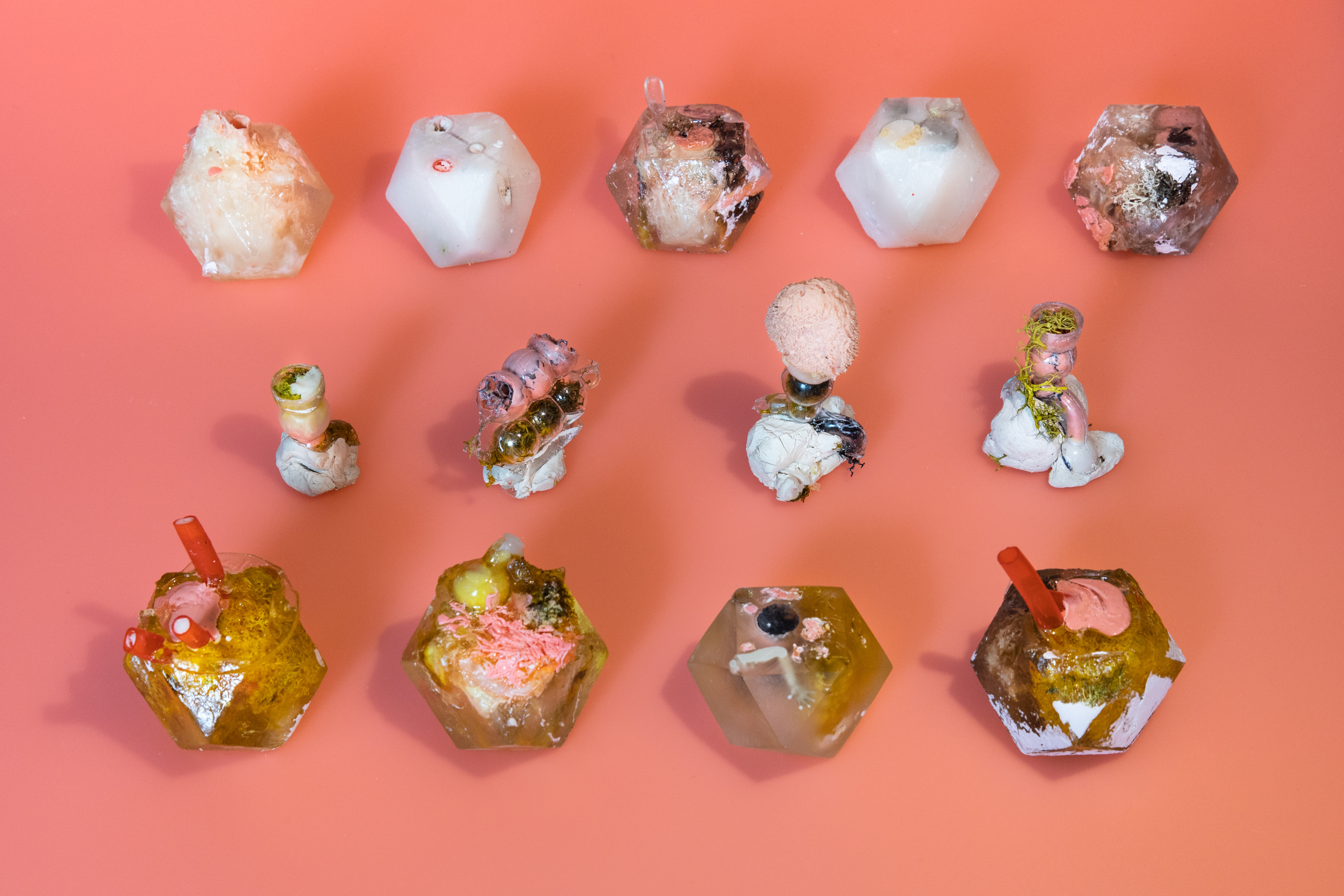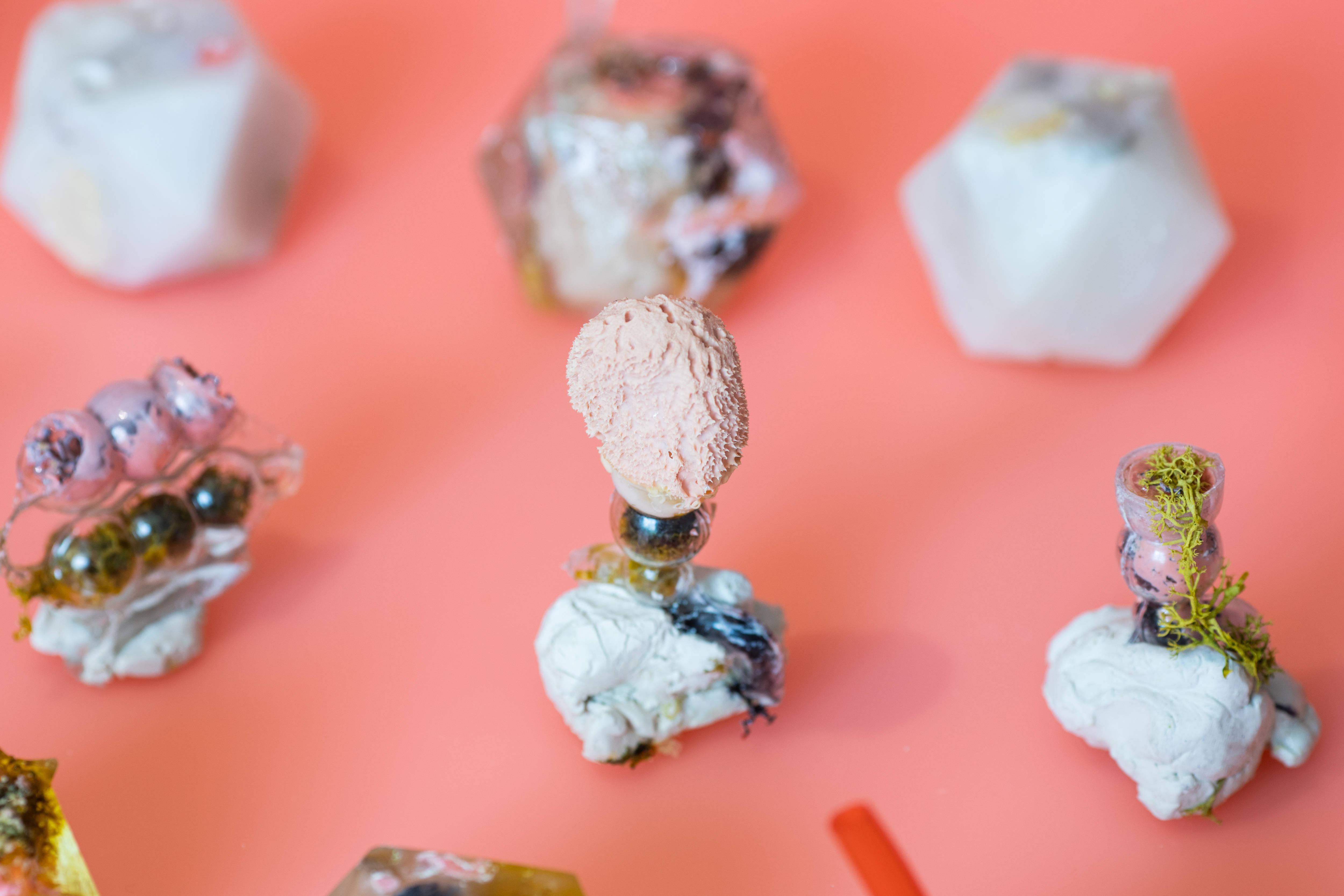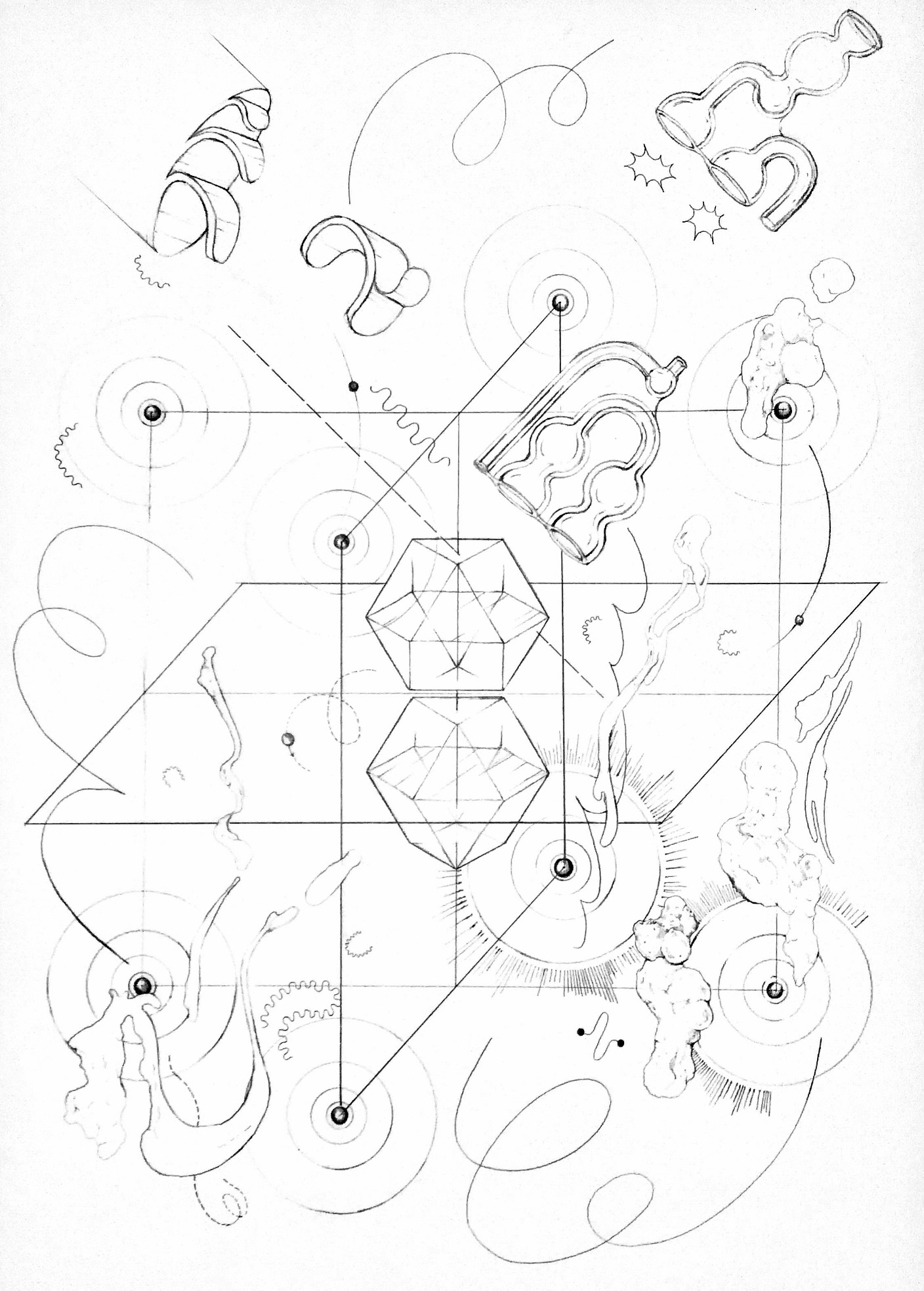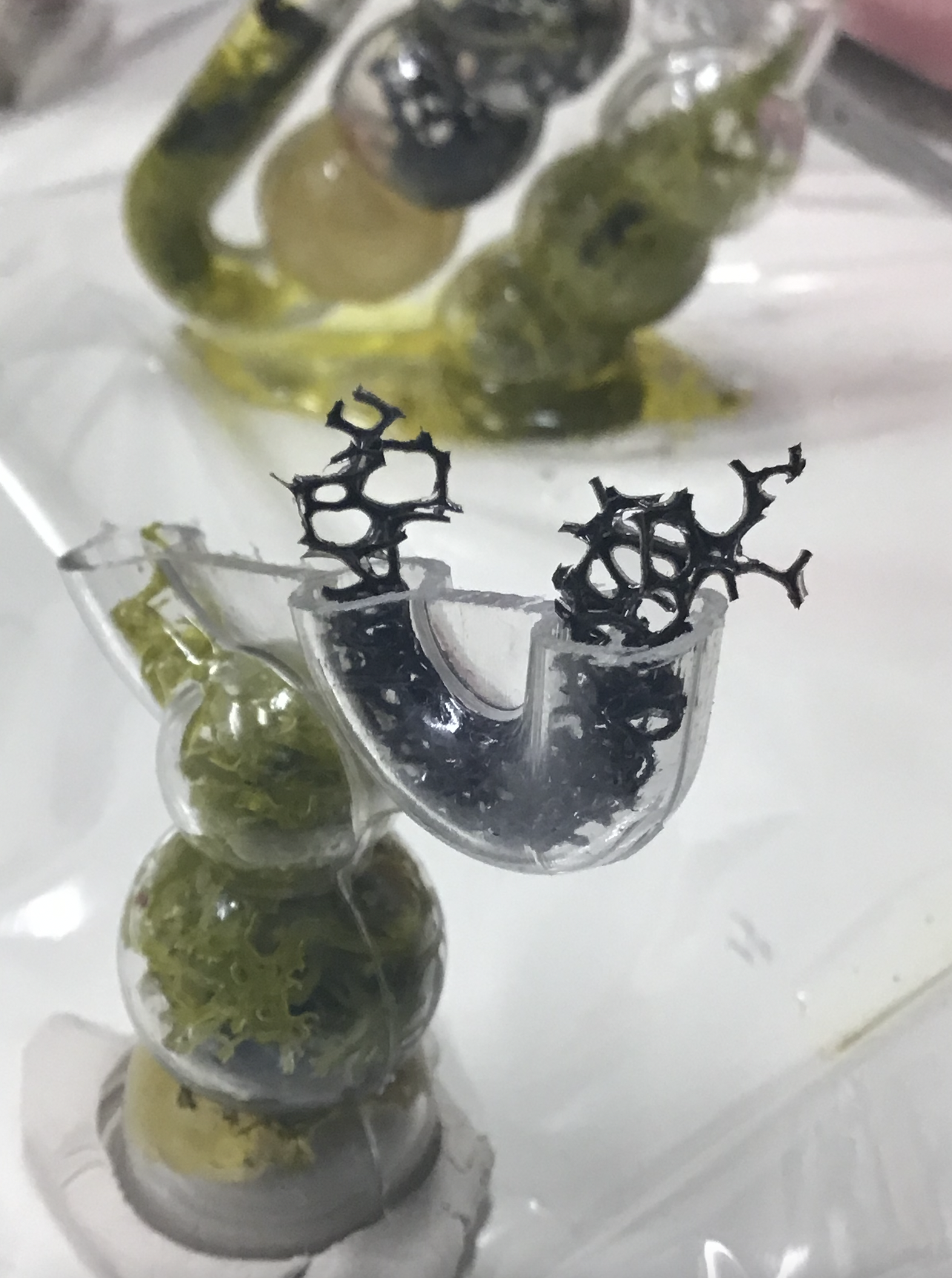Phantoms
A phantom is a scientific device used to calibrate and test MRI scanners and other biomedical imaging modalities. Phantoms are made of materials that behave like or mimic specific tissue types and anatomical structures in an MRI scanner. A medical or commercial phantom is usually very simple, consisting of a fluid-filled container that sometimes contains plastic structures of various shapes and sizes to contrast against the fluid.
Phantoms help scientists understand how images can be used to guide therapeutic interventions, they are also used to improve diagnosis and imaging safety. Imaging phantoms enable medical physicists to test, adjust and/or monitor MRI systems. Phantoms, being of known material composition, calibrate MRI scanners by being used to measure the homogeneity of scanning and imaging performance. They enable medical physicists and technicians to ensure imaging systems and methods are operating correctly and help specialists to reliably tune and operate imaging modalities and interpret biomedical data.

MAKING AND SCANNING PHANTOMS
Making my own phantoms was a queering of these devices, primarily they are art objects but they are art objects which can exist as scientific devices. My phantoms diverge from the homogeneity and control of scientific devices and become body-like and unruly. By artistically imbuing them with queer bodily divergence I seek to develop alien/mutant/& other kinds of life forms that do not conform to traditional and fixed notions of identity and gender. Through this, I nurtured a model of making that helped me to process my own bodily monstrosity. The cyborgian properties of phantoms manifest in their identity as a body as sensed by the scanner, in their uncanny corporeal simulation in MRI. The term phantom is an unusual name for a scientific device, it conjures the immaterial, supernatural and occult, by contrast, an imaging phantom is defined by its materiality.
Each phantom I make is divergent, disorderly, and unstandardised. They may contain similar ingredients but they do not conform to an anatomical formula. I began my investigation by taking part in MRI trials at the Cancer Centre in 2018. In her 2021 publication Giving Bodied Back to Data Silvia Casini describes how MRI images “are entangled with memory and affect” (p. 23) confronting us with the fact that our bodily materiality acts beyond us and that medical technology shapes our sense of self.


PHANTOM AS ASSEMBLAGE
Making my phantoms was a queering of these devices, primarily they are art objects but they are art objects which can exist as scientific devices. My phantoms diverge from the homogeneity and control of scientific devices and become body-like and unruly. By artistically imbuing them with queer bodily divergence I seek to develop alien/mutant/& other kinds of life forms that do not conform to traditional and fixed notions of identity and gender. Through this, I nurtured a model of making that helped me to process my bodily monstrosity. The cyborgian properties of phantoms manifest in their identity as a body as sensed by the scanner, in their uncanny corporeal simulation in MRI. The term phantom is an unusual name for a scientific device, it conjures the immaterial, supernatural and occult, by contrast, an imaging phantom is defined by its materiality.
Each phantom I make is divergent, disorderly, and unstandardised. They may contain similar ingredients but they do not conform to an anatomical formula. I began my investigation by taking part in MRI trials at the Cancer Centre in 2018. In her 2021 publication Giving Bodied Back to Data Silvia Casini describes how MRI images “are entangled with memory and affect” (p. 23) confronting us with the fact that our bodily materiality acts beyond us and that medical technology shapes our sense of self.

